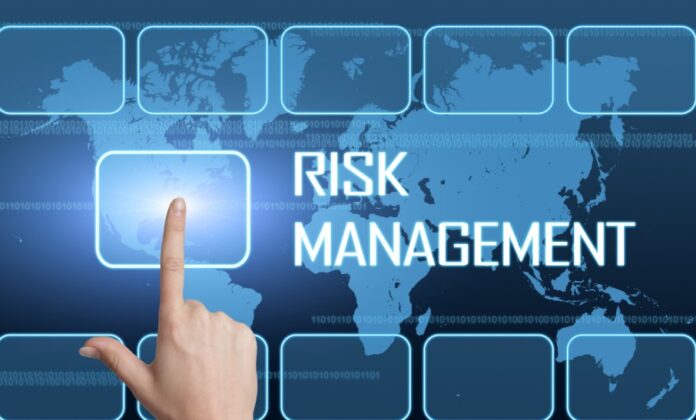Do you want to reduce your risk and set your business up for the future? You’ll need robust business risk management strategies.
The current state of COVID-19 has led many businesses to close up shops. Those that remain are often cautious of what they do and how they do it. This can make them more susceptible to falling victim to risk.
To learn more about risk mitigation strategies for small businesses, keep reading.
1. Diversifying Investments
Investing comes with small business risks that can be hard to handle without the right plans. Diversifying investments is one of the best ways for small businesses to lower their risk. This means that the business should invest in various asset classes, such as cash, stocks, bonds, and commodities.
By investing in many different types of assets, a business can lower its overall risk by spreading it out over many different assets. Further, diversifying investments can help a small business capitalize.
2. Having Insurance Coverage
Having proper insurance coverage is a vital element of any risk mitigation strategy. A comprehensive insurance portfolio can help protect assets and minimize potential liabilities.
Make sure to check out business insurance here to minimize the risk for your business.
3. Utilizing Third-Party Contracts
Small businesses can take specific measures to minimize risk when utilizing third-party contracts. Assessing third-party vendors and confirming references and credentials are crucial. As well as setting a reasonable timeline.
Also, the contract should be clear about each party’s roles, responsibilities, payment terms, and what happens if something goes wrong. It is also vital to ensure that your business is liable only for its obligations and not the parties of the other contracting parties.
4. Documenting Processes and Procedures
Documenting processes and procedures is a fundamental risk mitigation strategy for small businesses. Accurate and comprehensive documentation of how things should be done prevents costly mistakes. It also cuts down on the time needed to train new employees and makes sure that everyone knows how things should be done.
Having detailed process and procedure documents creates a greater level of accountability. This is so employees can be held responsible for any deviations from documented standards. Documented processes and procedures help small organizations adapt swiftly to changes.
5. Integrating Technology
Small businesses are using technology more than ever, but to be successful, an effective risk mitigation strategy is key. This can be achieved in various ways, such as leveraging cloud technology and ensuring data and system security.
They should ensure their networks and systems are secure, up-to-date, and backed up. To keep company and customer data safe, you must have a good firewalling system to protect against bad actors.
Try These Risk Mitigation Strategies Today
Small business owners can take proactive steps to identify common risks. They can also devise effective risk mitigation strategies to cut the negative effects their business may face.
Business owners should consult legal and financial professionals. This creates tailored risk management approaches to fit their organization’s needs. Take action today and join us in helping to reduce risk and strengthen businesses everywhere.
Do you want to find more helpful info? Check out more of our guides on our blog today!










